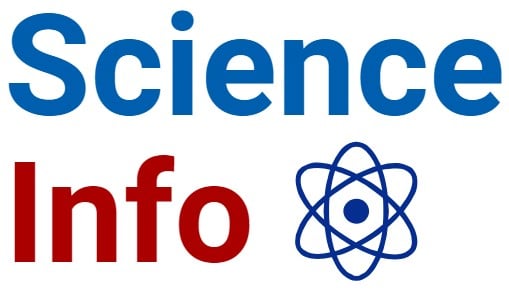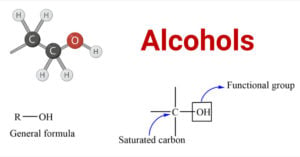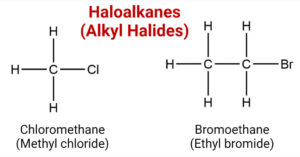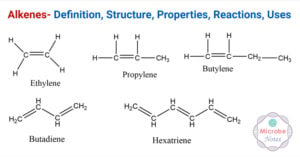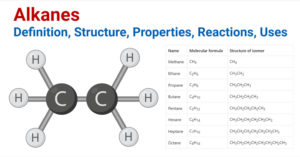Alcohols- Structure, Classification, Preparation, Properties, Uses
Alcohols are the organic compounds containing the hydroxyl (-OH) group attached to the saturated carbon. The -OH group acts as a functional group of alcohols that determines the characteristic properties of … Read more
